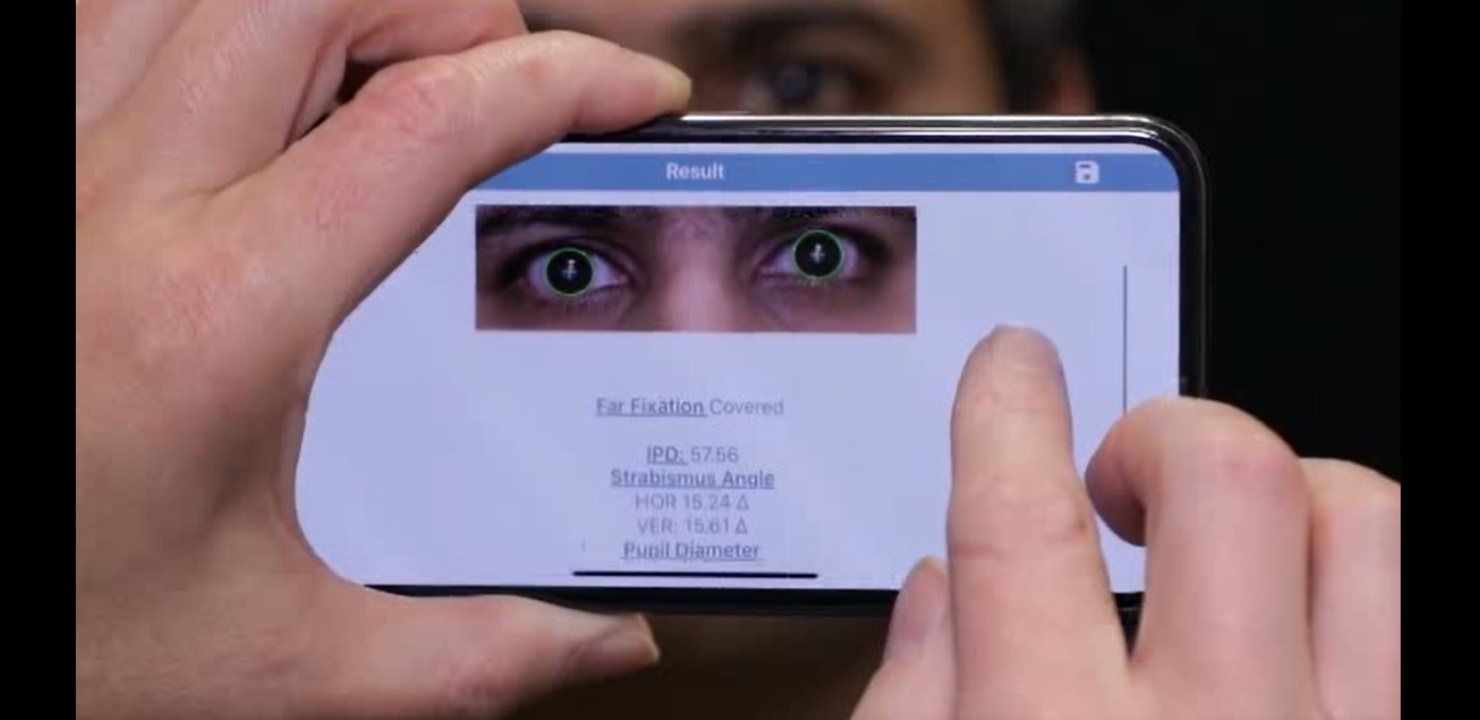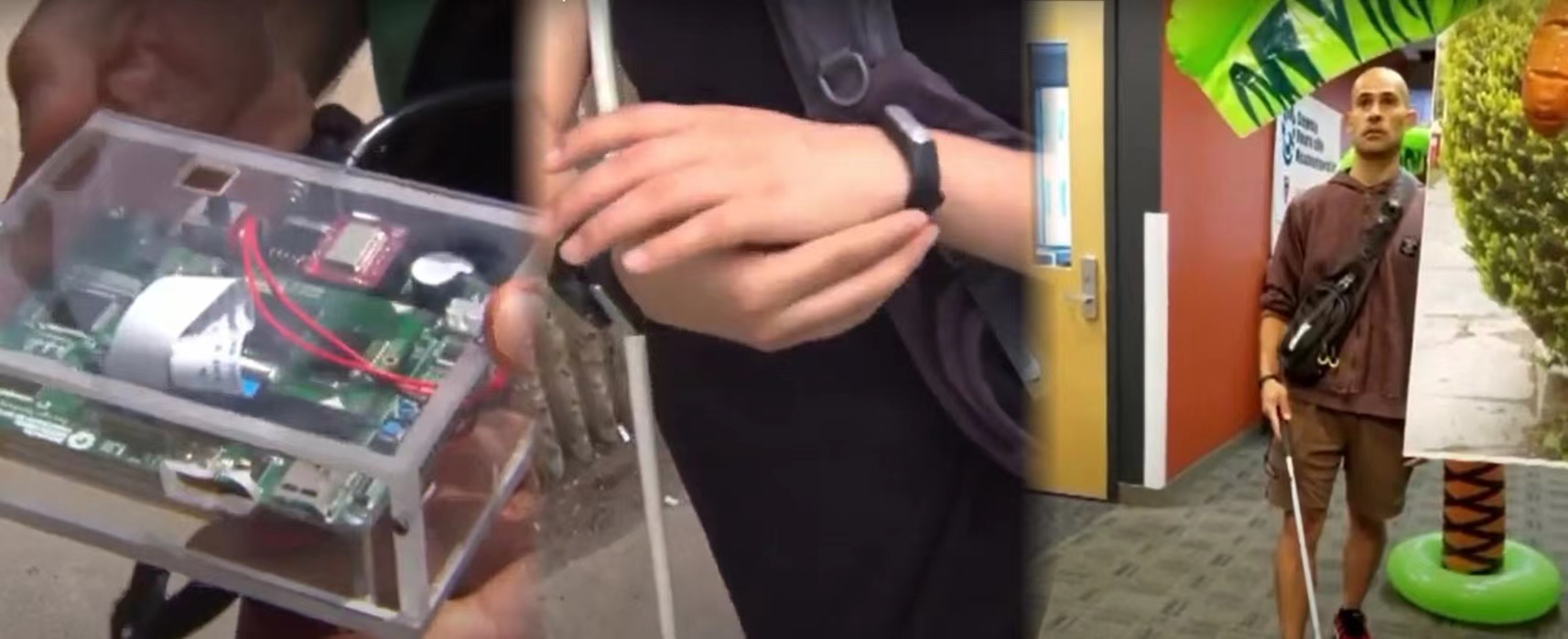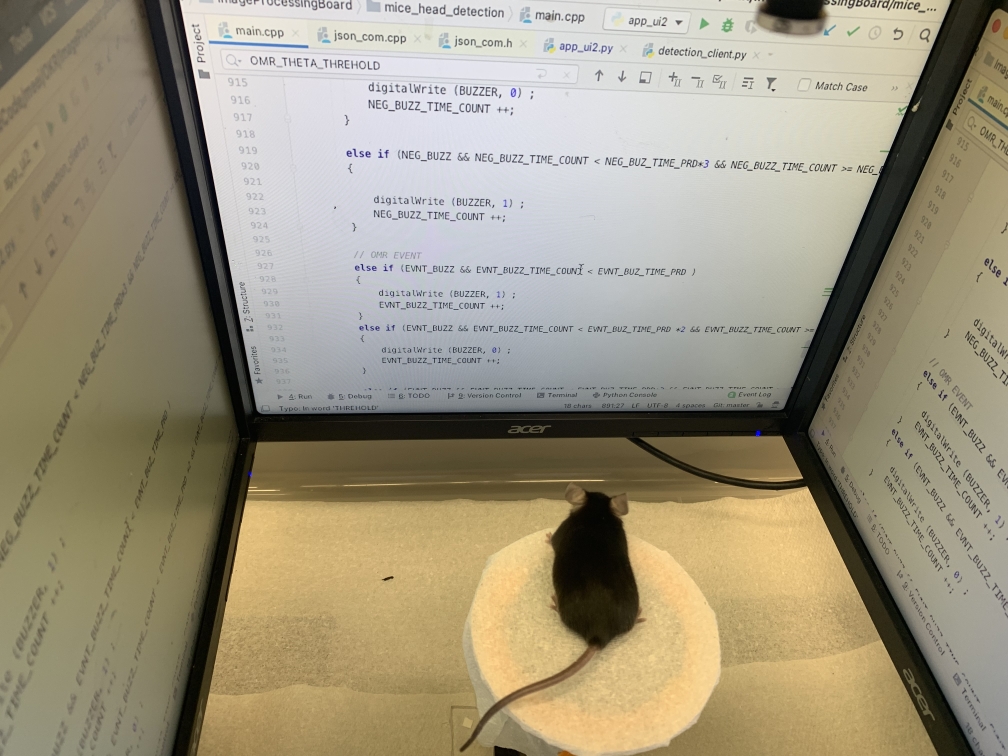Schepens Eye Research Institute, Harvard Medical School
Vision Research and Technology Lab

Mobile Vision Screening and Therapy
In recent years, we have been expanding research to the tele-ophthalmology area. Our goal is to allow ordinary people to measure vision at home, using their own smartphones without adding any special attachment. We have developed a number of smartphone apps for remote vision screening and vision therapy. The eye disorders to be addressed include strabismus, myopia, convergence insufficiency, amblyopia, and AMD. These apps are being evaluated in clinic settings.

Vision Assistive Technology
For vision loss caused by many eye diseases, therapeutic cure
is still not available. Using vision assistive technology to help visually impaired
to maximize the residual vision can help them function better, improve quality of life.
We have been developing as well as evaluating cutting-edge assistive technologies (e.g. augmented reality glasses) for people
with peripheral vision loss, central vision loss or completely blind.
Inspired by findings from one of our visual perception studies,
Using a novel collision prediction method that mimics the collision perception
mechanism of the human visual system, we developed a pocket-sized,
wearable
collision warning device and conducted a number of evaluation studies, which
showed it could help avoid collisions for a wide range of vision loss, including tunnel
vision, hemianopia and complete blindness.
In addition to dedicated visual aid devices, we have been also working on
vision assistance mobile apps. We have developed and released 4 free smartphone apps
to the public, which have been downloaded by more than 1.3 million users up to date.

Naturalistic Vision Research
Conventional vision evaluation studies are usually conducted in labs or simulators. Controlling confounding factors is a strength for these methodologies, but is also a limitation because the controlling is usually through limiting the conditions and scenarios. How different human factors interact in the complex real world can rarely be addressed in those controlled studies. To understand performance and behaviors of human beings in the real world, we have been studying in naturalistic conditions how aging, visual impairment, cognitive impairment, or the COVID-19 pandemic affect people’s behaviors and performance, such as reading, walking and driving. The first major challenge in this type of research is processing the vast amount of real-world data. We have been developing and validating technologies for big data analytics. The novel methodologies allow us to look into unprecedently detailed world.
Basic vision research
Our research activities also include investigating vision mechanisms, such as eye movement model and associated visual perception. We found that people with tunnel vision frequently make saccades to locations outside of their residual field. This finding strongly supports the important role of the top-down perceptual mechanism in eye movement control as opposed to the bottom-up stimulus control hypothesis. To rebut the long-standing saccadic spatial compression theory proposed in (Nature 1997), we conducted two studies to show that peri-saccadic mislocalization can co-exist with unchanged size. Our updated theory that explains the phenomena based on the two visual pathway model is now well accepted.
We also study vision in animal models.
